2,The Amazing Journey of the Second Trimester of Pregnancy
The second trimester of pregnancy lasts from weeks 13 to 27. This is an exciting and changing time. Your baby grows quickly during these weeks. They develop important organs and start moving.
Your baby also begins to interact with their surroundings. Many people call this the “golden period” of pregnancy.
During this time, symptoms like morning sickness usually get better. Expecting parents often feel a stronger bond with their baby. Let’s explore this amazing phase of fetal development.
Table of Contents
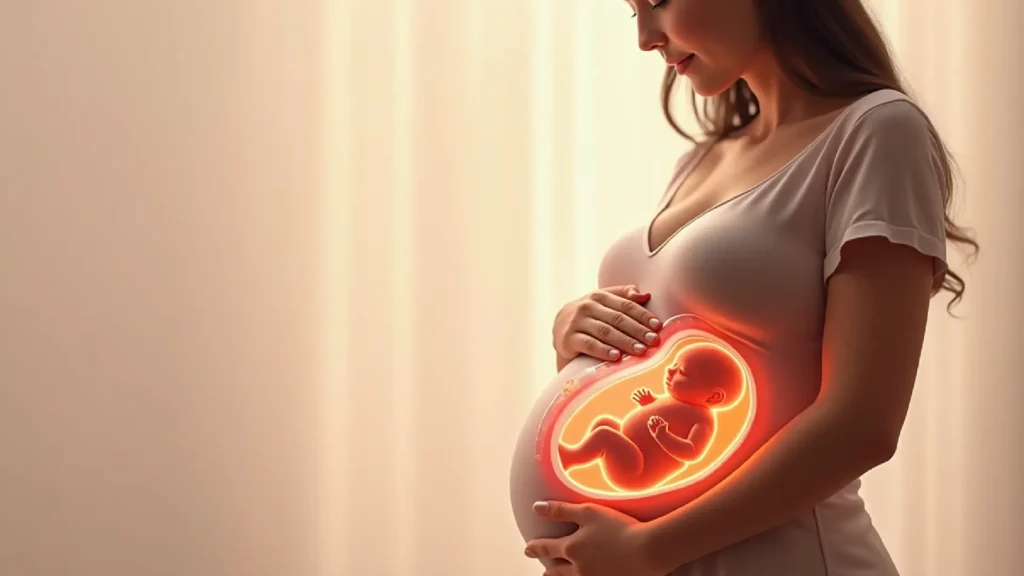
Second Trimester Milestones A Week-by-Week Baby Development Guide
Week 13: Urine Production and Bone Formation
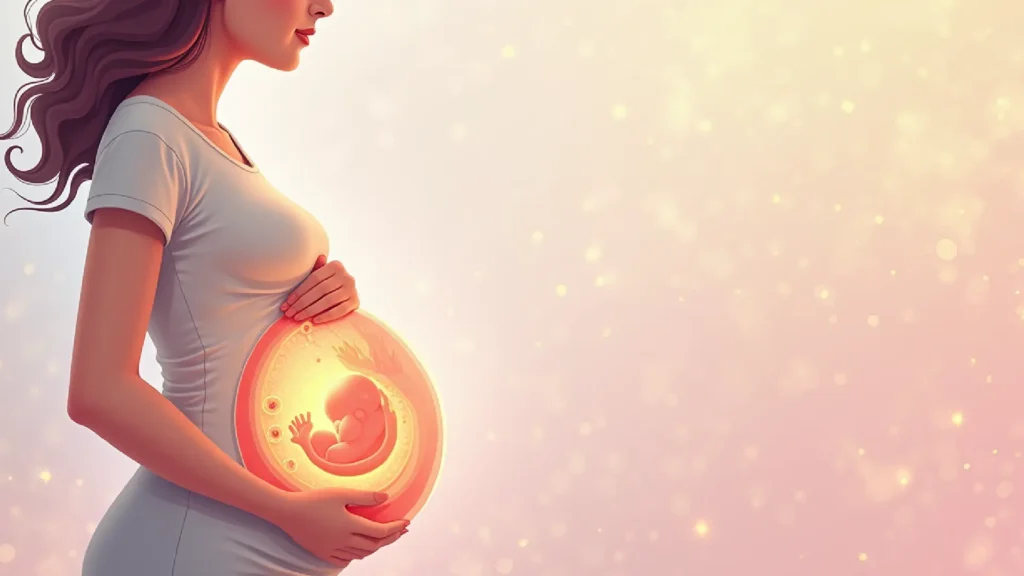
At week 13, your baby is about the size of a peach, measuring approximately 3 inches and weighing around 1 ounce. This week, the baby’s kidneys start working. They create urine and release waste into the amniotic fluid.
Early bone structures, especially in the skull and long bones, begin to harden. This process lays the foundation for the baby’s skeletal system. The skin remains thin but will thicken in the weeks ahead, gradually becoming more opaque.
Week 14: Gender Differentiation and Blood Production
In week 14, your baby’s external genitalia start developing clearly. This makes it possible to see the baby’s gender on an ultrasound.
The baby’s spleen begins producing red blood cells, a critical step in developing the circulatory system. The neck elongates, allowing the head to move more freely, and facial features become more defined. At this stage, your baby is about 3.5 inches long and weighs 1.5 ounces.
Week 15: Hair Growth and Skeletal Strengthening
Your baby, now about the size of an apple, measures 4 inches long and weighs around 2 ounces. Hair follicles start forming on the scalp, setting the groundwork for your baby’s unique hair pattern. Meanwhile, the bones become denser, preparing the baby’s body for the physical demands of life outside the womb. Muscles and joints also develop further, enabling more coordinated movements that are becoming visible on ultrasounds.
Week 16: Eye Mobility and Reflexive Movements
By week 16, your baby’s eyes can move slowly within their sockets, though they remain closed. These subtle movements are part of the growing coordination between the eyes and the brain. The baby’s head is more upright, and the ears move into their final position. Your baby is now approximately 4.5 inches long and weighs about 3.5 ounces, roughly the size of an avocado.
Week 17: Developing Toenails and Blood Circulation
Toenails begin forming in week 17, adding to the baby’s detailed features. The heart is incredibly active, pumping about 100 pints of blood daily. These advancements in circulation ensure the baby’s body is well-prepared for future growth. At this stage, the baby measures about 5 inches in length and weighs 4 ounces.
Week 18: Baby’s Hearing Develops
During week 18, your baby’s ears are fully formed, and they can now hear muffled sounds from the outside world. Familiar voices, music, and even your heartbeat become part of their sensory experience. The digestive system starts functioning, preparing for life after birth.
At this stage of development, your baby measures approximately 5.5 inches in length, which is about the size of a small banana. This growth is quite remarkable, as your little one is rapidly gaining size and becoming more defined in their features. In terms of weight, your baby currently weighs around 5 ounces, which is roughly equivalent to the weight of a medium-sized apple.
During this period, your baby’s body is undergoing significant changes. The limbs are becoming more proportionate, and tiny fingers and toes are starting to form. The facial features are becoming clearer. The eyes are moving closer together, and the nose is starting forming.
Internally, your baby’s organs are developing and maturing, preparing for their functions outside the womb. The heart is beating steadily, pumping blood throughout the body, and the digestive system is beginning to develop as well.
As your baby continues to grow, you may also start to feel some movements, as they begin to stretch and kick within the amniotic sac. This is an exciting time, as you can start to connect with your baby in a more tangible way. This stage is an important milestone in your baby’s growth. They change from a tiny embryo into a more recognizable human form.
Week 19: Protective Vernix Caseosa
A creamy, white substance called vernix caseosa begins forming on the baby’s skin during week 19. This coating protects the baby’s delicate skin from prolonged exposure to amniotic fluid. The baby’s reproductive system also progresses; in female babies, the uterus and vaginal canal develop during this week. Your baby now measures about 6 inches long and weighs approximately 8 ounces.
Week 20: The Halfway Point and Quickening
At week 20, you’ve reached the halfway mark of pregnancy. Many mothers experience “quickening,” or the first recognizable baby movements, which often feel like gentle flutters. The baby’s sleep-wake cycle becomes more regular, and they may react to external stimuli, like loud noises. By this week, the baby is about 10 inches long and weighs 10.5 ounces.
Week 21: The Sucking Reflex
The sucking reflex, an essential skill for feeding, begins to develop in week 21. Lanugo, a fine, downy hair, covers the baby’s body, helping to hold the protective vernix caseosa in place. You may also notice more pronounced baby movements as their muscles grow stronger. At this stage, your baby measures about 10.5 inches long and weighs 12 ounces.
Week 22: Hair and Eyebrow Growth
In week 22, your baby’s scalp and eyebrows start growing hair. Brown fat begins to build up. This fat is important for keeping your baby warm after birth. Your baby, now about the size of a spaghetti squash, measures 11 inches long and weighs 1 pound.
Week 23: Fingerprints and Footprints
Fingerprints and footprints start forming in week 23, creating the unique patterns that will stay with your baby for life. Some babies experience hiccups at this stage, visible as small jerking movements during ultrasounds. The baby is approximately 11.5 inches long and weighs about 1.1 pounds.
Week 24: Brain Development Surges
In week 24, brain development accelerates significantly, preparing for the more complex functions needed after birth. The baby’s skin becomes less transparent, thanks to developing blood vessels. At this stage, the baby measures about 12 inches long and weighs 1.3 pounds.
Week 25: Sensitivity to Sound
Your baby becomes more responsive to sound during week 25. This sensitivity aids in brain development and forms the basis for recognizing voices after birth. The baby’s size increases to about 13 inches long and weighs 1.5 pounds.
Week 26: Lung Development
In week 26, the baby’s lungs begin producing surfactant, a substance vital for breathing after birth. Though not yet fully developed, this milestone is crucial for the baby’s transition to life outside the womb. The baby measures about 14 inches long and weighs around 1.7 pounds.
Week 27: Preparing for the Third Trimester
At the end of the second trimester, in week 27, the baby gains fat. This helps to smooth the skin and get ready for temperature control after birth. The nervous system is rapidly maturing, enabling better coordination and reflexes. The baby measures about 14.5 inches long and weighs 2 pounds.
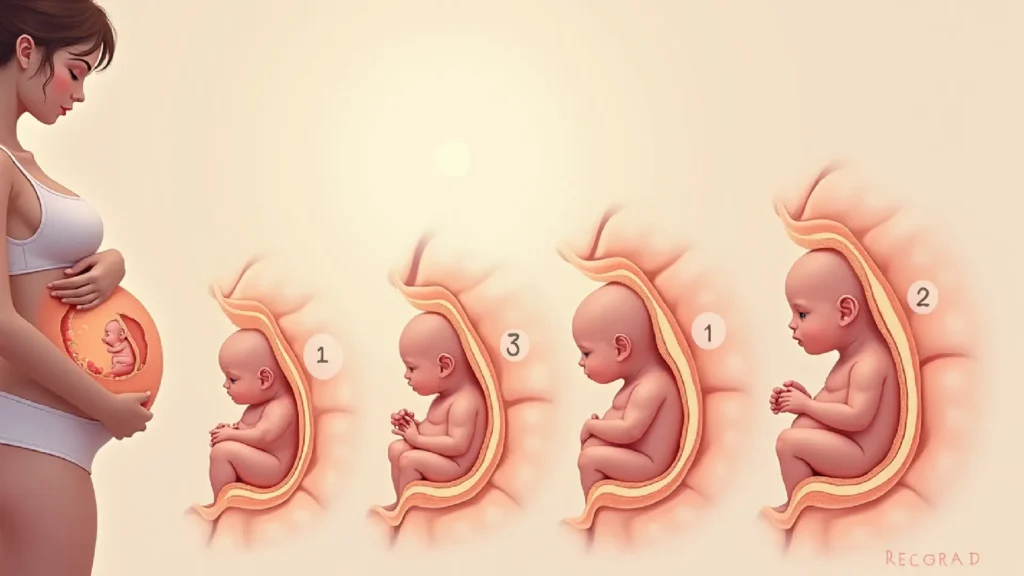
A Journey of Transformation
The second trimester is a key time for your baby’s growth. Your baby develops quickly and becomes more active.
This period brings exciting milestones. Each week, you get closer to meeting your little one.
The progress made now sets the stage for the final trimester. Enjoy this special time. A journey full of wonder awaits as you prepare to hold your baby.
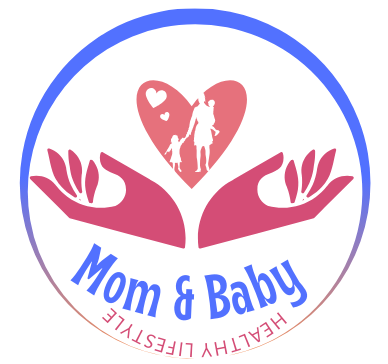
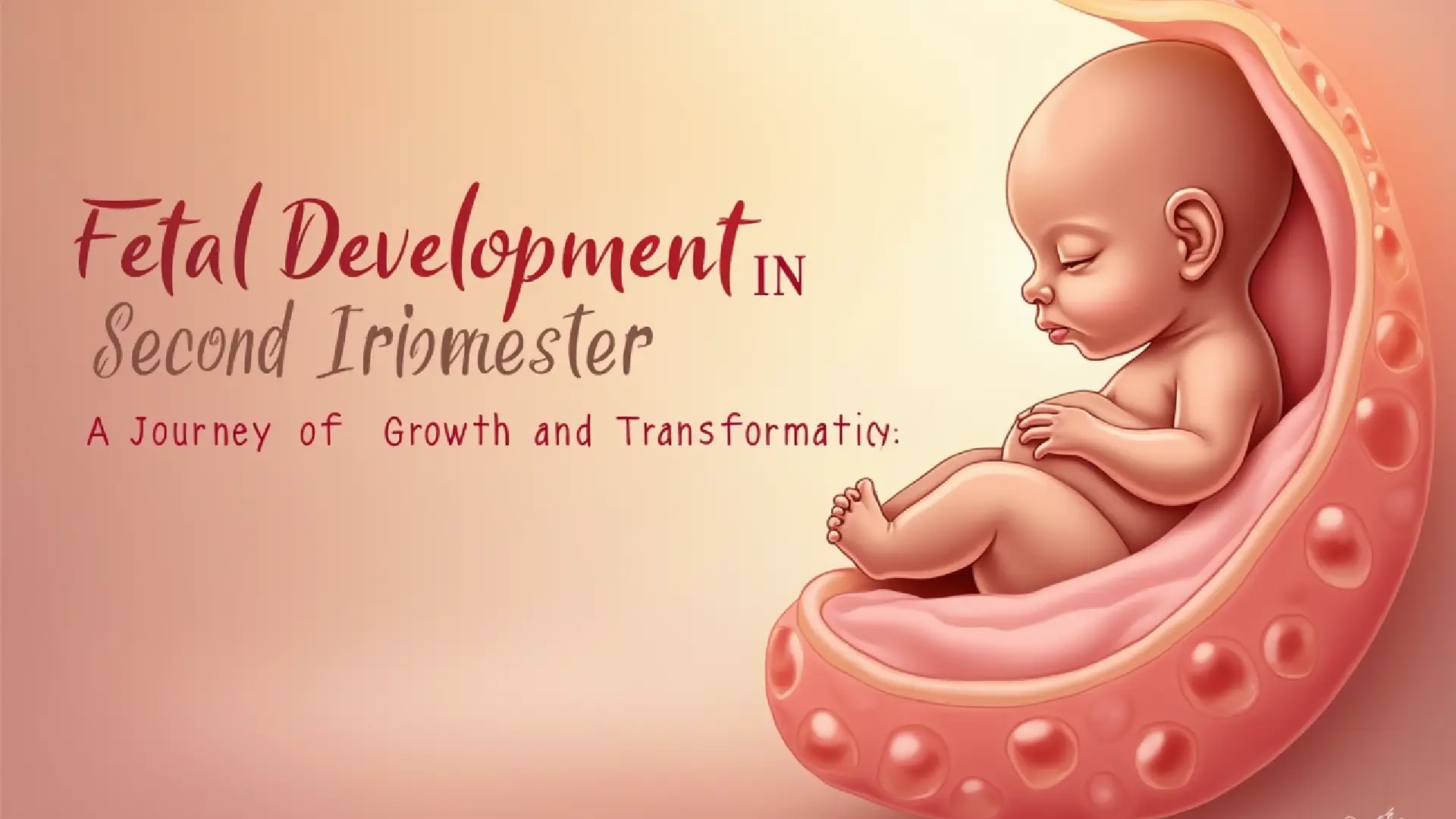
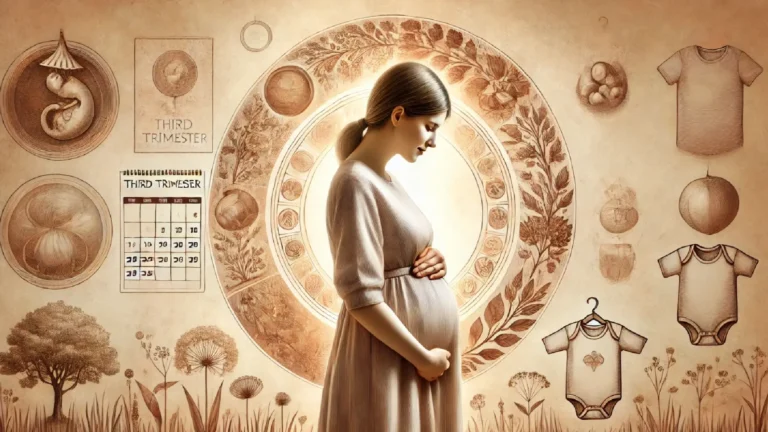
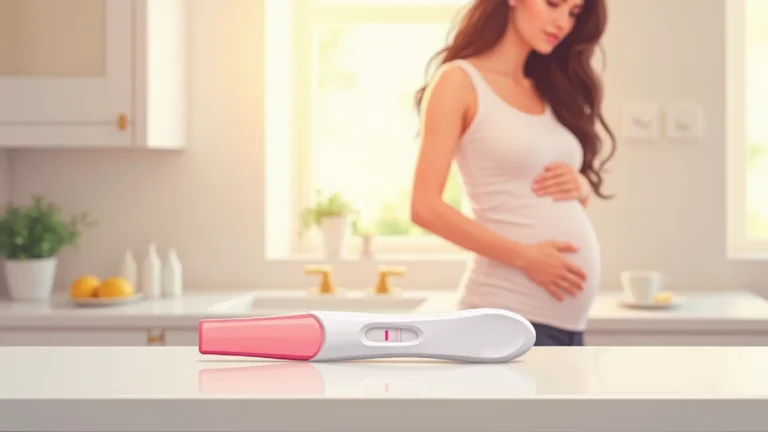
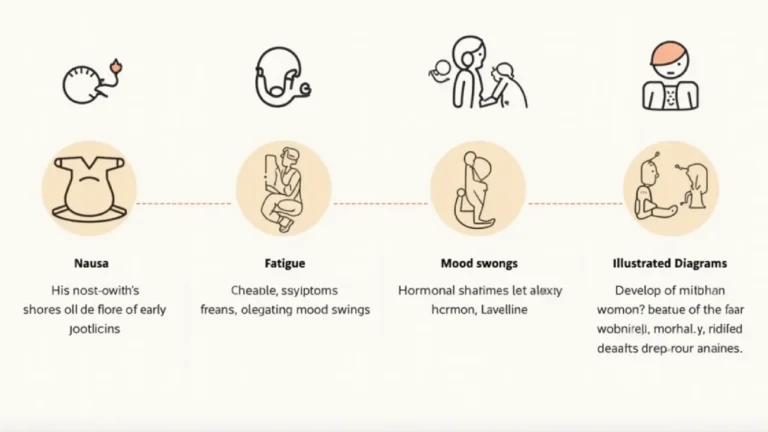
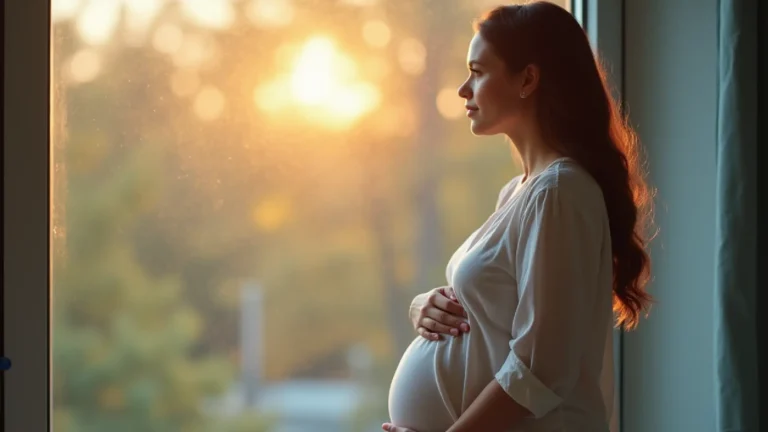
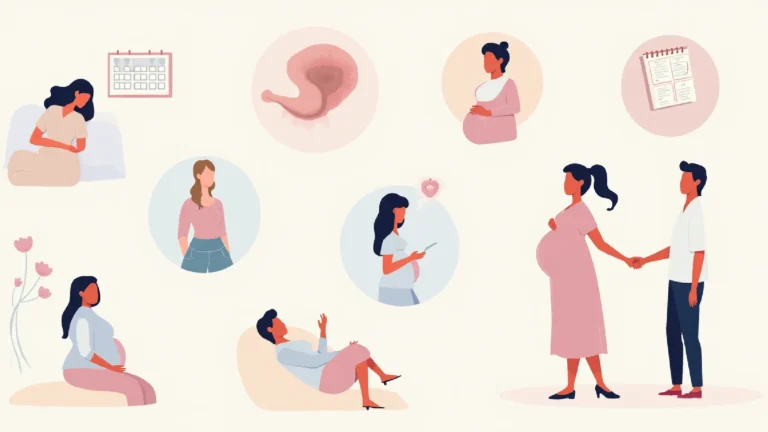
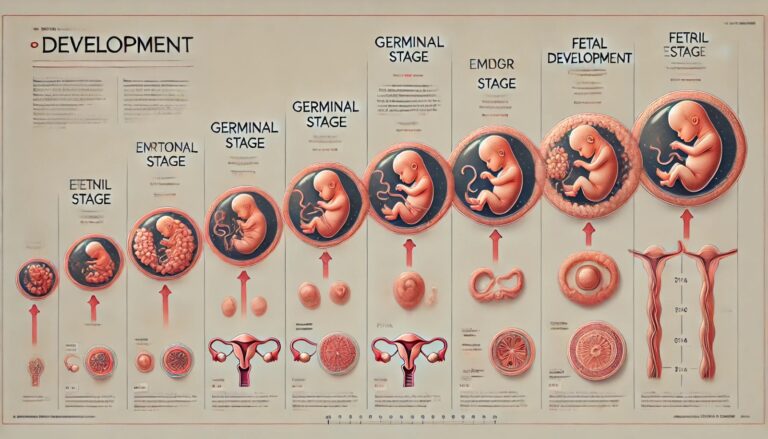
One Comment